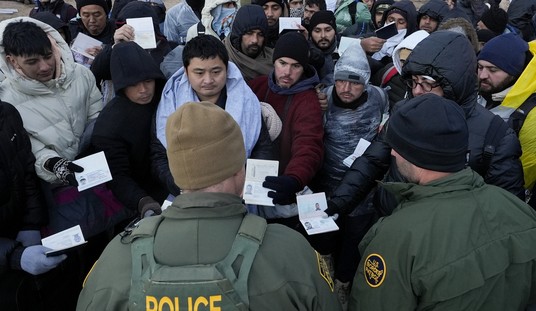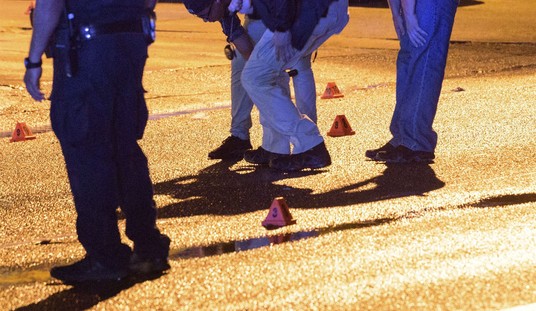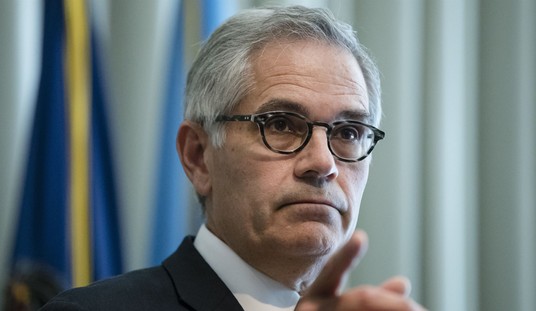WASHINGTON — For better than a month, the Obama administration has been dodging and weaving over what actually transpired in Benghazi, Libya, on the night of Sept. 11-12. Questions have been posed about why Ambassador Christopher Stevens was there and not at his embassy post in Tripoli.
Congressional investigators have asked why he had no security detail, why the State Department decided not to send in U.S. Marine embassy security guards when they were offered months before, why contingency plans were not in place on the anniversary of 9/11 and why the O-Team insisted for so long that the attack on our U.S. diplomatic post was a “spontaneous event” and not an act of terrorism.
By now, all should realize that truthful answers to these inquiries will not be furnished by the White House or State Department until after the presidential election on Nov. 6. But there is an even more important question that should be asked and answered now: Once the White House knew about the attack in Benghazi, what action did the president take to protect or save the lives of Americans?
“We the People” need to know the answer because we are about to hire — or rehire — a commander in chief. The response is crucial to determining whether the incumbent is competent enough to fulfill the responsibilities of the job or whether he should be replaced. Fortunately, we have a standard of behavior for a commander in chief in a previous well-documented terror event: Ronald Reagan during the Achille Lauro incident.
On Oct. 7, 1985, four radical Islamic terrorists — members of the Palestine Liberation Front, the organization now calling itself Hamas — hijacked the Italian cruise ship Achille Lauro. They then murdered Leon Klinghoffer, a wheelchair-bound American passenger. His only offense was that he was an American citizen and a Jew. That was offense enough to spark what the current administration might well call a “spontaneous event.”
Within minutes of the CIA alert that Americans were at risk — and before it was known that Klinghoffer was dead — a National Security Council-led counterterrorism task force was convened by secure conference call.
From Air Force One en route to Chicago, President Reagan approved the first recommendation of the task force — deployment of a specially trained and equipped unit from the Joint Special Operations Command to the region. While the JSOC team was heading east from the U.S., Reagan ordered every available U.S. military and intelligence asset in the eastern Mediterranean to find and track the vessel — and asked every littoral government in the area to deny port access to the hijackers. Despite abysmal weather conditions at sea, U.S. Navy and Air Force units located the cruise ship and followed it to Alexandria, Egypt.
When Egyptian President Hosni Mubarak lied to President Reagan about the terrorists having escaped, we knew better. In those days, our relationship with the Israeli government was so good that members of it contacted us to tell us where the perpetrators were, the tail number of the EgyptAir commercial aircraft Mubarak had provided to fly them to Tunisia and the takeoff time.
The president immediately approved a plan crafted by the task force, the Joint Chiefs, the JSOC and the U.S. Navy’s 6th Fleet to intercept the civilian airliner and force it to land at the NATO air base at Sigonella, Italy. Less than four hours later, the terrorists and their ringleader — Abu Abbas, head of the PLF — were captured.
Contrast this scenario with what we now know from previously undisclosed emails exchanged among various Obama administration officials about what transpired in Benghazi. The White House apparently was notified within minutes of the attack’s being launched on our consulate. From ground-based FLIR cameras and live imagery from at least one unmanned aerial vehicle overhead, officials at the CIA, Pentagon, State Department and White House could see with extraordinary clarity what was going on as military assaults were mounted against the U.S. Consulate and then a nearby annex over the course of more than eight hours.
Unlike those during the Achille Lauro incident, the O-Team’s decision-makers knew precisely what was happening in real time in Benghazi. Yet apparently, they did little more than wring their hands and stare at their widescreen monitors as Americans were dying.
In 1985, we had no real-time information other than what was provided by the Israelis or the scant information gleaned from the ship-to-shore radiotelephone calls by the terrorists to their chief, Abu Abbas. We had no UAVs or live coverage. We had no prepositioned forces on the ground; the JSOC unit that captured the hijackers and turned them over to Italian authorities had to be flown to Sicily from the U.S.
On Sept. 11, 2012, there were dozens of U.S. military aircraft stationed within an hour’s flight time of Benghazi. A U.S. Marine contingent and a U.S. special operations unit were less than two hours away by air, remarkably enough in Sigonella — the very place the Achille Lauro terrorists were captured.
White House spokesman now claims that the O-Team couldn’t commit military force without “diplomatic clearance” from the Libyan government. Good thing that provision of international law doesn’t apply in Pakistan or Yemen.
Our current commander in chief cannot answer the question, What did you do to save and protect American lives? On Nov. 6, we need to fire him and hire a new one who is up to the most important responsibility for the president of the United States.
Oliver North is the host of “War Stories” on Fox News Channel, the founder and honorary chairman of Freedom Alliance, and the author of “Heroes Proved.” Join Oliver North in Israel by going to http://www.olivernorthisrael.com. To find out more about Oliver North and read features by other Creators Syndicate writers and cartoonists, visit the Creators Syndicate Web page at www.creators.com.
COPYRIGHT 2012 CREATORS.COM








Join the conversation as a VIP Member